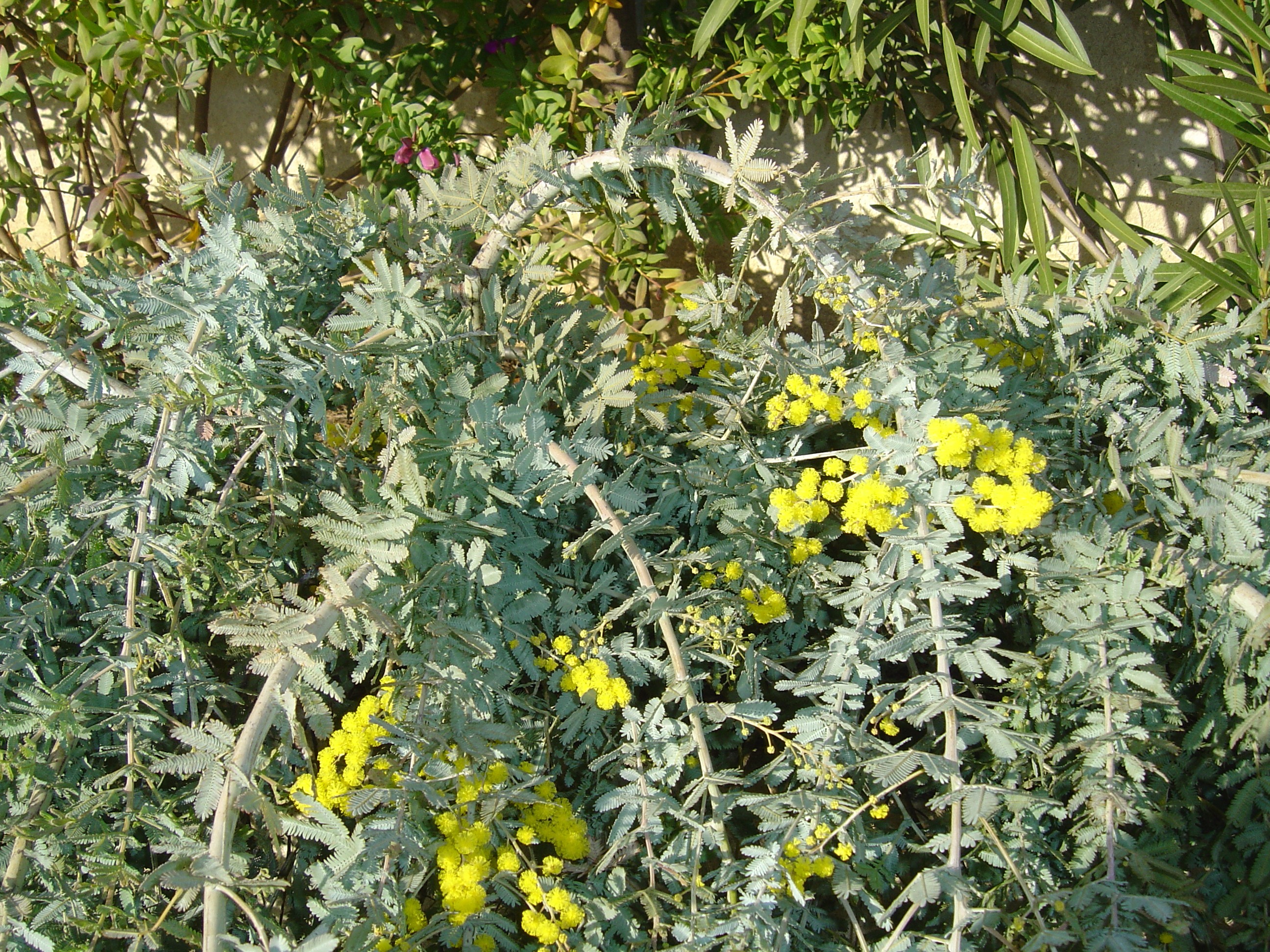
Acacia baileyana 'Prostrate'
'Prostrate' is a tender, prostrate, evergreen shrub with pinnate, fern-like, silvery, grey-green leaves divided into tiny linear leaflets and dense racemes of spherical, bright yellow flowerheads from winter into spring. Season of interest Height and spread Metric | Imperial Where to grow Soil type Loamy Sandy Soil drainage Moist but well-drained

Acacia baileyana 'Prostrate'
Acacia baileyana is known to hybridize with a number of its close relatives, especially A. decurrens (see Genetics below). A study by Tindale & Roux (1969) of flavonoid and condensed-tannin contents of the heartwood and bark of Acacia recognized four groups within section Botrycephalae; this study grouped A. baileyana and A. dealbata together.
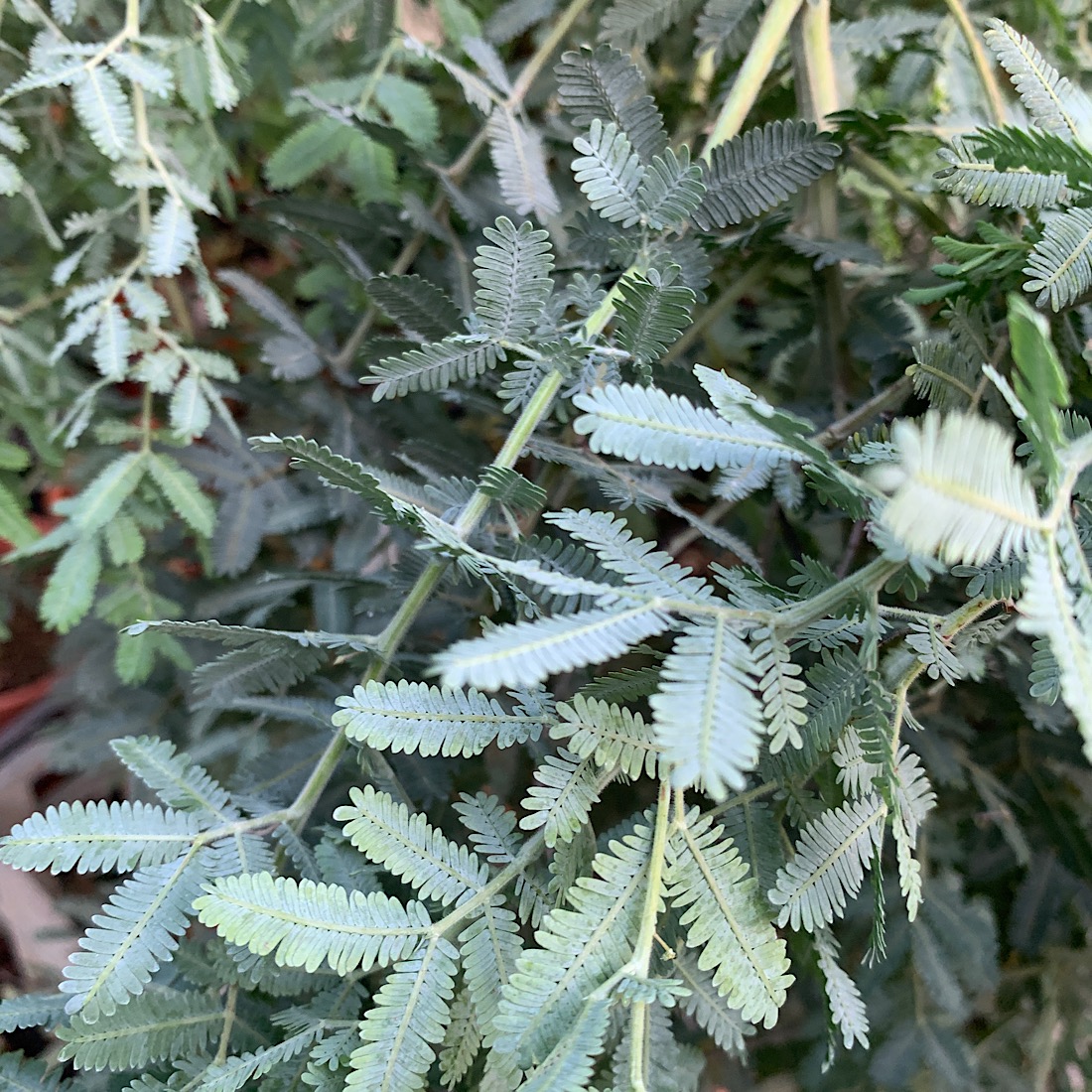
ACACIA baileyana Prostrata Vivaio Noaro
Description: this grafted, weeping Cootamundra wattle is a prostrate form of the iconic Aussie plant. It produces a mass of primrose-yellow flowers in winter and spring and makes a spectacular feature plant for native or formal gardens. Size: hardy and fast growing to 1.5m, these have a longer life span than many wattles.
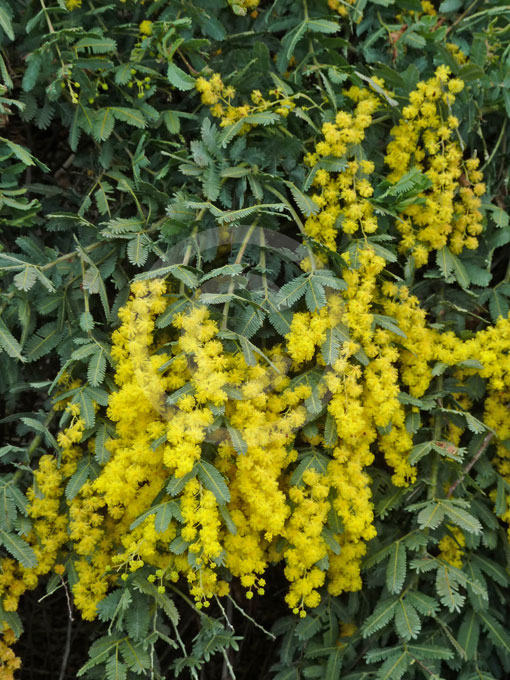
Acacia baileyana prostrate Prostrate Cootamundra Wattle information & photos
Species include Acacia baileyana prostrate form, A. cardiophylla 'Gold Lace', A. cultriformis 'Austraflora Cascade', A. dealbata 'Kambah Karpet', and A. pravissima 'Kuranga Cascade'. These desirable species must be propagated vegatatively to maintain their prostrate character but they are often difficult to grow from cuttings.

A multipurpose favourite Acacia baileyana Prostrate Mallee Design Acacia baileyana
This is a tree that can be coppiced every 4 - 6 years. Simply prune it back to ground level and it will re-shoot. You can also look for Acacia baileyana Purpurea. The new foliage emerges a purple colour. Summary Information Botanical name - Acacia baileyana Common name - Cootamundra Wattle Position - Full sun to a little shade
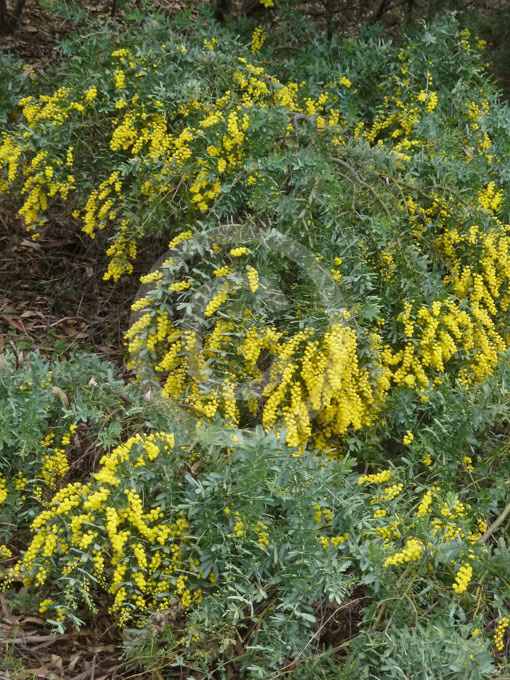
Acacia baileyana prostrate Prostrate Cootamundra Wattle information & photos
Here are 4 easy steps for the DIYer. DIY deck Building your own deck is really not that hard if you keep it simple. This article will step you through the process. Do-it-yourself home design Read this set of articles and learn how to design your own house. It is not as hard as you think! (And you do NOT need a computer). Gabion walls Green walls

Gondwana Nursery Acacia baileyana Prostrate in the garden
Propagation Propagation is easy from scarified seed by covering with boiling water for 24 hours and discarding any seeds still floating on the surface. Other information There is a form with purplish foliage known as A. baileyana 'Purpurea' and a prostate form also available.

Prostrate growing hires stock photography and images Alamy
Acacia baileyana prostrate by Rhonda Daniels. Acacia 'Silver Cascade' is supposed to be a low form of Acacia binervia with light grey foliage, but this one keeps wanting to grow up, so it is pruned regularly. It is just about to come into flower. Acacia 'Silver Cascade' by Rhonda Daniels Low shrubs. Acacia 'Little Flori' is a low.
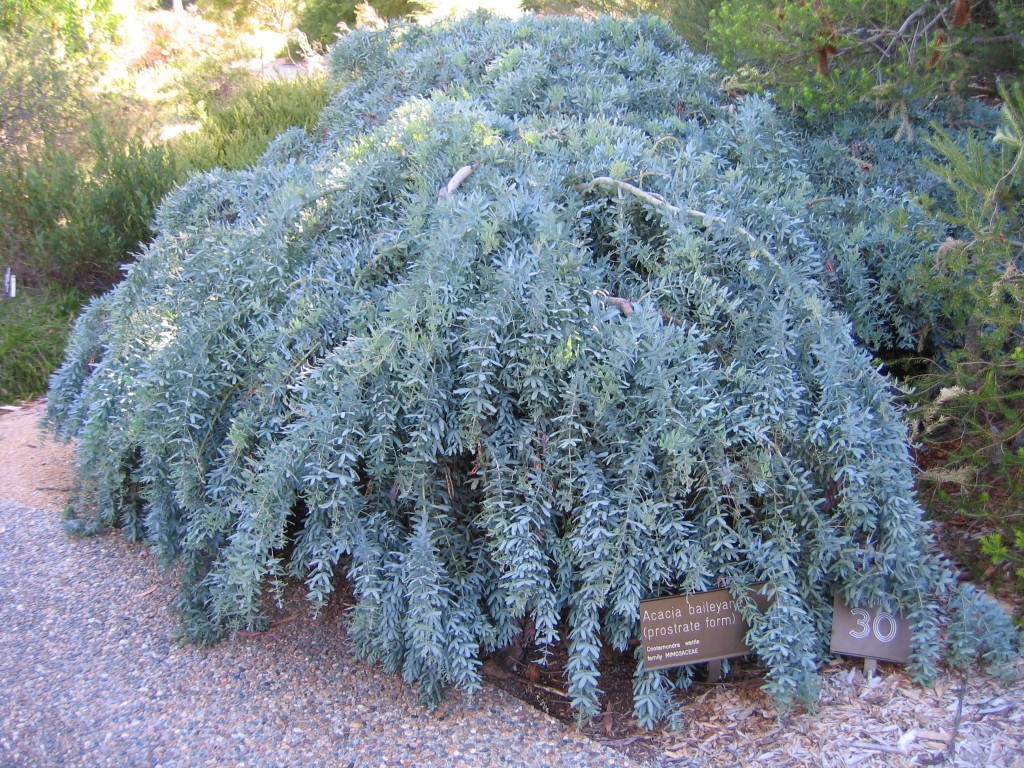
Acacia baileyana prostrate form (Cootamundra Wattle) Mallee Native Plants
Distribution: Introduced from the eastern States. Occurs mainly in the Northern and Southern Lofty regions around the Adelaide Hills areas as a garden escape. Soils; hard neutral yellow duplex and hard alkaline red duplex. Rainfall 700-1200 mm.
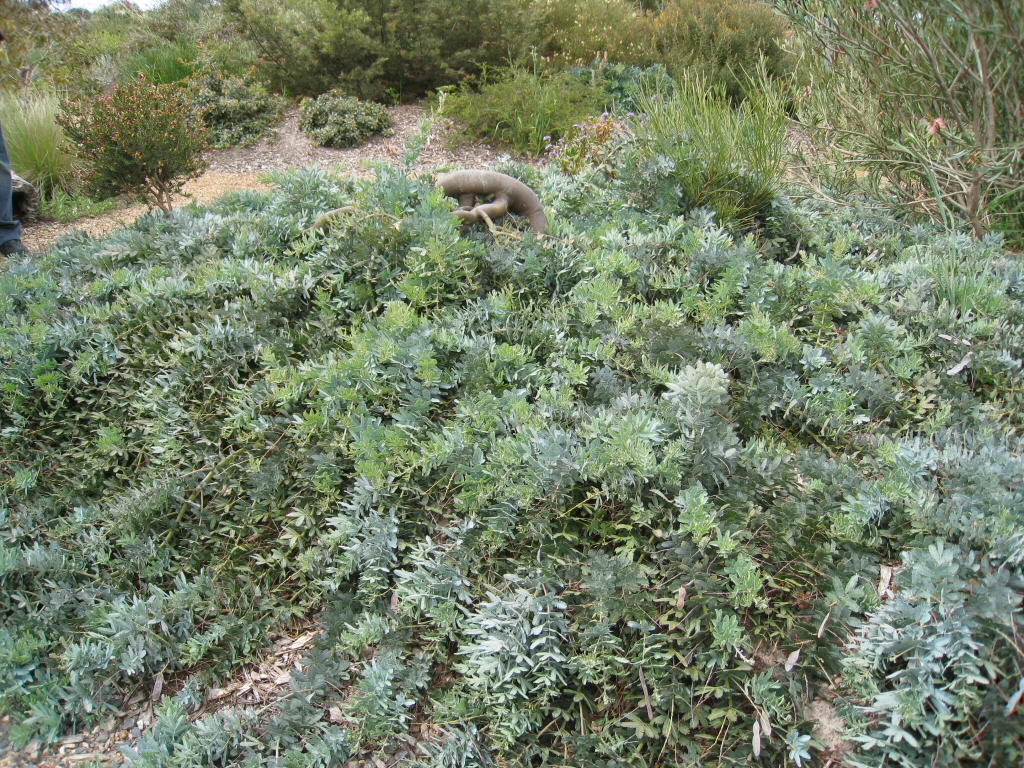
Acacia baileyana ‘Prostrate’ Cootamundra Wattle Gardening With Angus
The method is illustrated here with seed of the Cootamundra Wattle - Acacia baileyana. 1. Place the seed in a cup or small bowl, and pour boiling water over the seed. Some books recommend water that has come off the boil, but I have used boiling water many times on many different species and it has worked every time. 2. Allow the seed to cool.
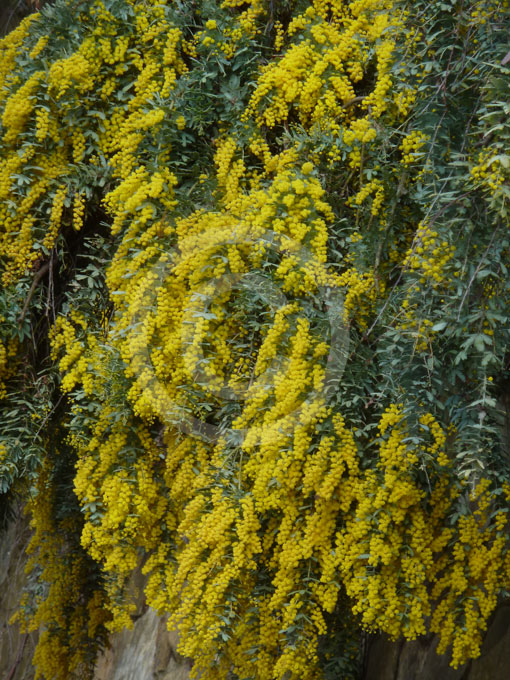
Acacia baileyana prostrate Prostrate Cootamundra Wattle information & photos
The prostrate form of Acacia baileyana has feathery silver-grey bipinnate foliage with masses of spherical flower heads 1 cm in diameter. It is an easy care plant, and the dense habit makes for even less maintenance as it deters weed growth. A great plant for embankments and as a general ground cover.
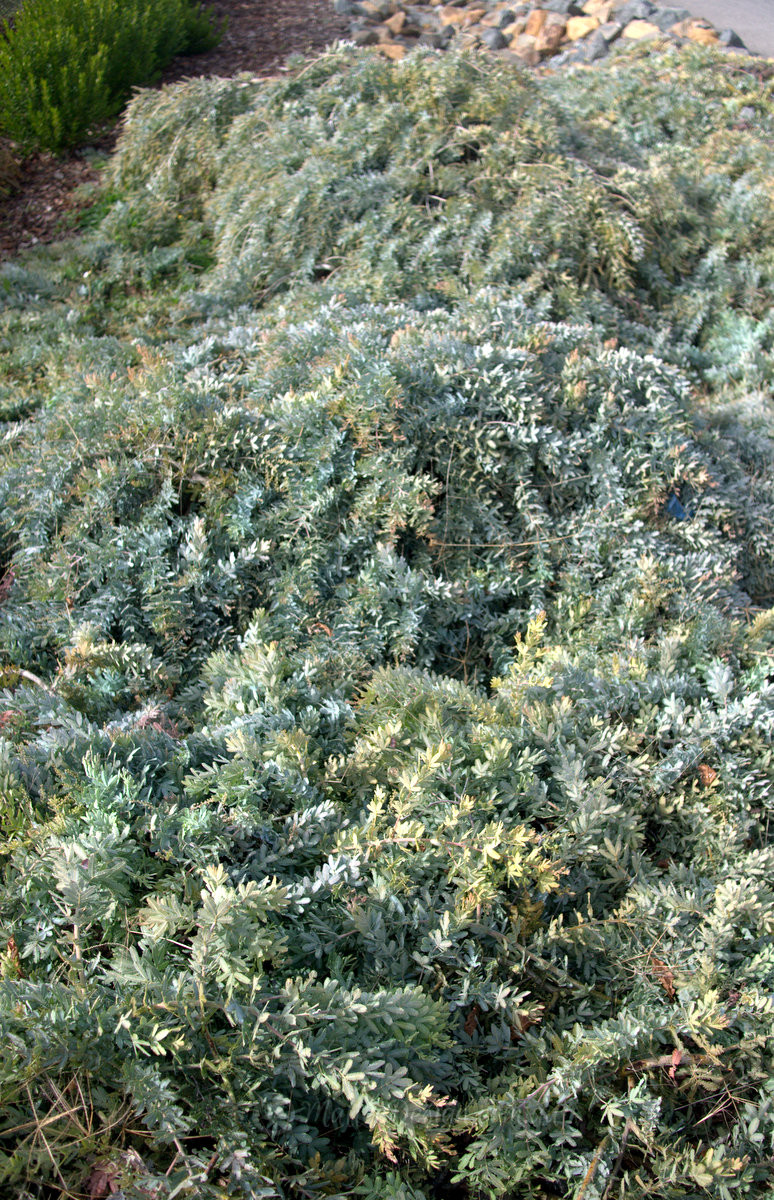
A multipurpose favourite Acacia baileyana Prostrate Mallee Design
Acacia baileyana (Fernleaf Acacia) - A fast-growing small evergreen tree that grows to 20-30 foot tall by usually a bit wider with silvery blue-gray, feathery leaves on weeping branches. Bright golden yellow, small, rounded flowers bloom late winter through early spring. Plant in full sun to filtered shade where once established it is frost.

Acacia baileyana 'Prostrate' Australian Garden Design, Australian Trees, Australian Native
Acacia baileyana Prostrate has soft, grey, feathery leaves and bright yellow clusters of ball flowers which are slightly perfumed and attract the bees in Winter. The habit is very spreading it can reach up to 3 metres wide and if left un-pruned also get to a height of about 1 metre.

Acacia baileyana 'Prostrate'
The prostrate form of Acacia baileyana is a lovely form of the taller tree. Even without flowers, the dense, grey green foliage is attractive in a garden setting. It cascades over slopes and follows the contour of the ground and it is excellent for covering large areas as a ground cover as it grows 30-60 cm tall and 3-4 metres wide.

Acacia baileyana Prostrata Wholesale Nursery Nurseries in Melbourne, Sydney & Brisbane
Fast-growing, Acacia baileyana (Cootamundra Wattle) is a large, graceful evergreen shrub or small tree adorned with a wide-spreading canopy and weeping branches clothed in feathery, finely cut, blue-gray leaves. The foliage remains appealing all year round.
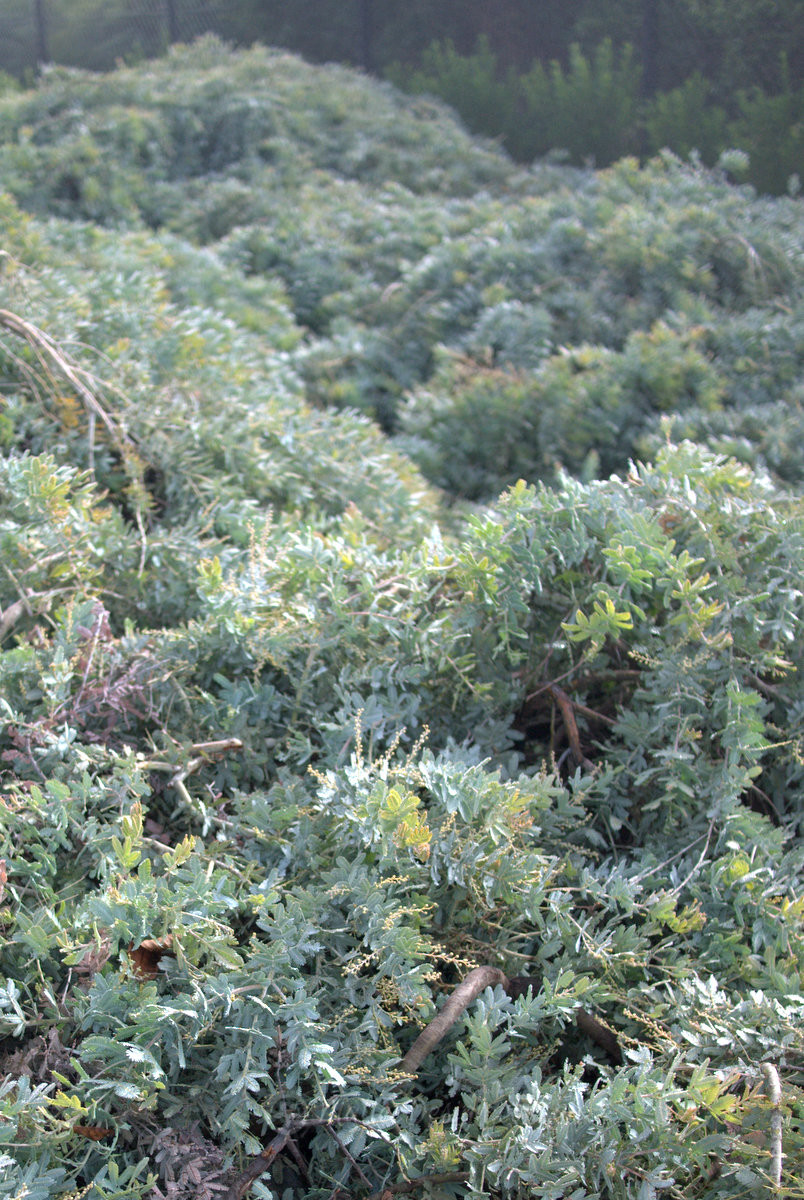
A multipurpose favourite Acacia baileyana Prostrate Mallee Design
A prostrate weeping form is in cultivation. Its origin is unknown, but it is a popular garden plant, with its cascading horizontal branches good for rockeries. [8] The fine foliage of the original Cootamundra wattle is grey-green, but a blue-purple foliaged form, known as 'Purpurea' is very popular. [9] Use of colour